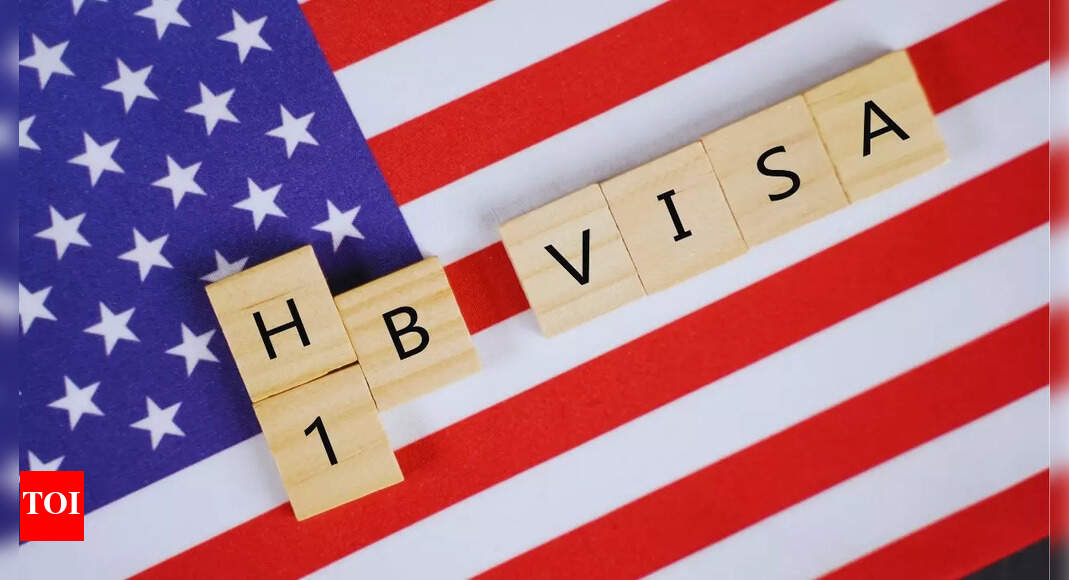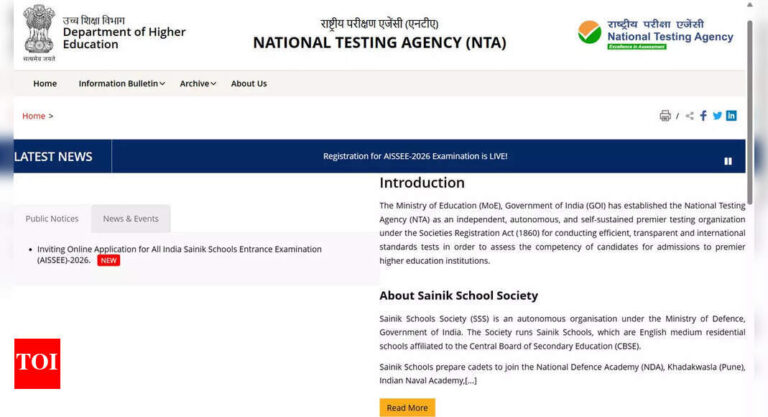
The cost of securing an H-1B visa in the US has surged dramatically, with the fee for new petitions now set at $100,000. This sharp increase, announced by US President Donald Trump, represents a significant shift from the previous cost of $2,000 to $5,000 per application. The new fee took effect on September 21, 2025, creating considerable impact within the technology sector and among skilled foreign workers seeking employment in the US. Major corporations such as Amazon, Microsoft, Meta, Apple and Google have faced financial challenges following the fee hike. Commerce Secretary Howard Lutnick stated that the administration arrived at the $100,000 figure after consultations with companies, as reported by CNN. The White House defended the increase, with spokeswoman Taylor Rogers saying it demonstrated the president’s commitment “to put American workers first,” as quoted by CBS News.In contrast, Germany is stepping into the spotlight. With its more moderate visa regime and proactive outreach, the country is promoting itself as a stable, long-term option for highly skilled professionals. Germany’s appeal is now rising, particularly for those effective priced out of US options. Why the H-1B cost has balloonedThe new requirement stems from a presidential proclamation issued September 19, 2025, that restricts entry to the US for H-1B workers unless the additional fee is paid. Under the revised policy, the fee applies to new petitions filed in the year after implementation—not to renewals or current H-1B holders. A spokesperson clarified: “This is not an annual fee. It’s a one-time fee that applies only to the petition.” Employers must absorb this cost—US labour rules prevent passing it to workers. Analysts warn the steep figure is likely to deter many firms from sponsoring H-1B visas altogether. How Germany is positioning itselfGermany is actively promoting its skilled-immigration frameworks and courting displaced talent. The German ambassador to India, Dr Philipp Ackermann, extended “a call to all highly skilled Indians”, citing the country’s stable migration policies and job opportunities. He further noted that Indians in Germany often earn more than the average German worker. German officials contrast their approach with US uncertainty. The country already uses the EU Blue Card and other pathways with simpler salary and qualification thresholds. Visa cost and conditions: US vs GermanyBelow is a comparison of key features:
Implications for tech and talent flowsMajor US tech firms including Microsoft, Amazon and JPMorgan advised their H-1B employees to remain in the US and avoid travel until guidance clears up. Some workers abroad rushed back in fear of being barred entry. Analysts argue the policy may contract US access to global talent and slow growth in innovation sectors. Meanwhile, Germany’s labour shortages in IT, engineering and health correlate with an urgent demand for international professionals. As the US recalibrates its high-skill immigration model, many workers are rethinking their strategies. For some, Europe—and in particular Germany—may now offer a more viable route.








